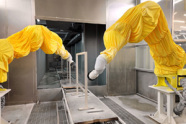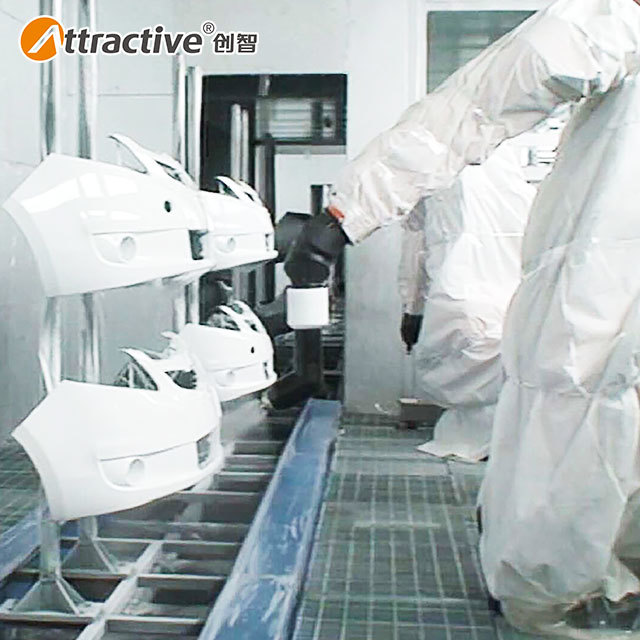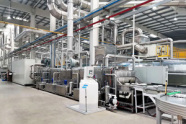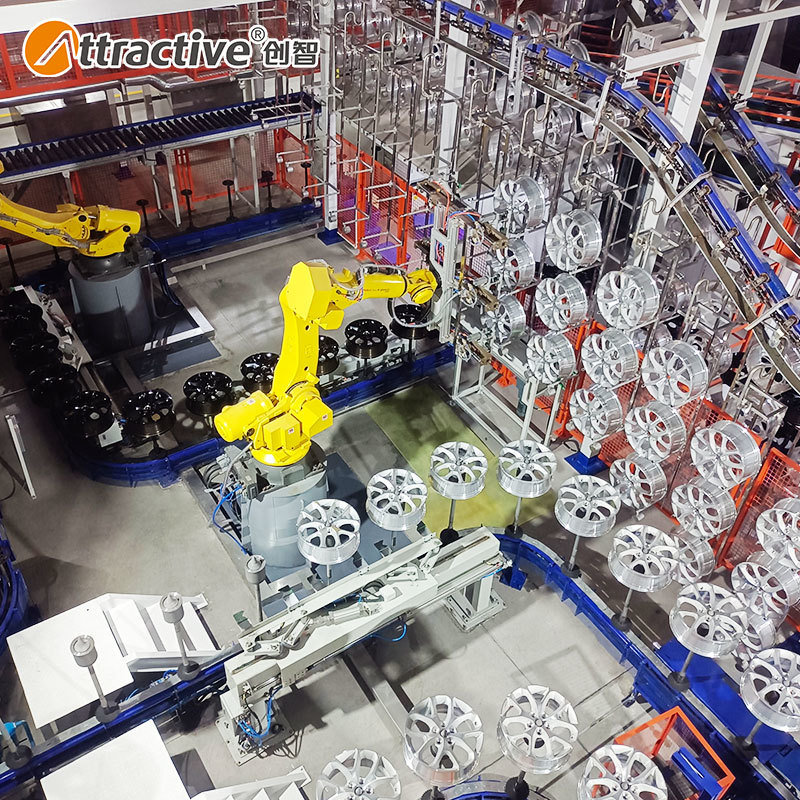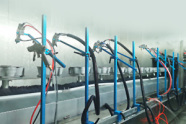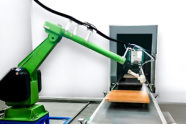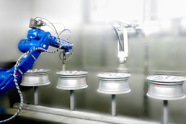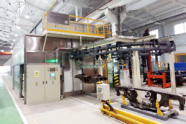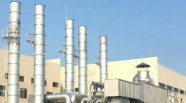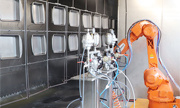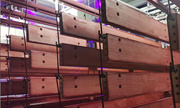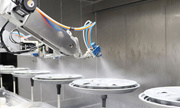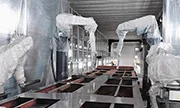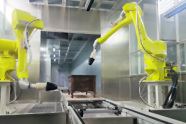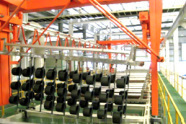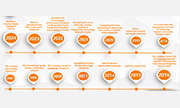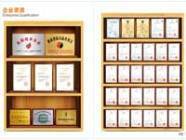All categories
Related News
30
2025
-
10
Need a complete coating line for automotive wheels with high durability?
Author:
Chuangzhi Coating

1. Pretreatment: Building a Solid "Foundation" for High-Durability Coatings
- Multi-tank cleaning system: Adopts six processes: "pre-degreasing → main degreasing → water washing → pickling → surface conditioning → phosphating" to deeply clean the oxide film and oil stains on the surface of aluminum alloy wheels. The phosphating tank uses zinc-based phosphating solution to form a 5-8μm uniform phosphating film on the wheel surface. Tests show that it can increase coating adhesion by 40%, avoiding peeling caused by insufficient adhesion in the later stage;
- Pure water sealing treatment: RO reverse osmosis pure water (conductivity ≤10μS/cm) is used throughout the cleaning process to eliminate coating pinholes caused by residual calcium and magnesium ions, providing a clean base for subsequent spraying. After application in a wheel factory, the coating defect rate caused by pretreatment defects dropped from 8% to 0.5%.
2. Multi-Layer Spraying: Building a Composite Coating of "Protection + Aesthetics"
- Primer layer (epoxy powder): A 60-80μm primer is formed on the phosphated wheel surface by electrostatic spraying (voltage 60-70kV). After curing at 200℃ for 15 minutes, it forms a dense anti-corrosion barrier with salt spray resistance up to 1000 hours (ASTM B117 standard), effectively resisting salt erosion in rain and snow;
- Basecoat layer (polyurethane): Metallic or solid color paint is sprayed according to customer needs, with thickness controlled at 30-40μm. Robot cup spraying technology is adopted, with atomization particle size reaching 15-20μm, ensuring uniform painting on wheel curved surfaces and spoke gaps, with color difference ΔE ≤0.6, balancing decoration and hiding power;
- Clearcoat layer (high weather-resistant resin): As the outer protection, the clearcoat thickness is 40-50μm, added with ultraviolet absorbers and antioxidants. After 3000 hours of xenon lamp aging test (ISO 11341 standard), the gloss loss rate is <5%, effectively resisting yellowing and cracking caused by sunlight exposure.
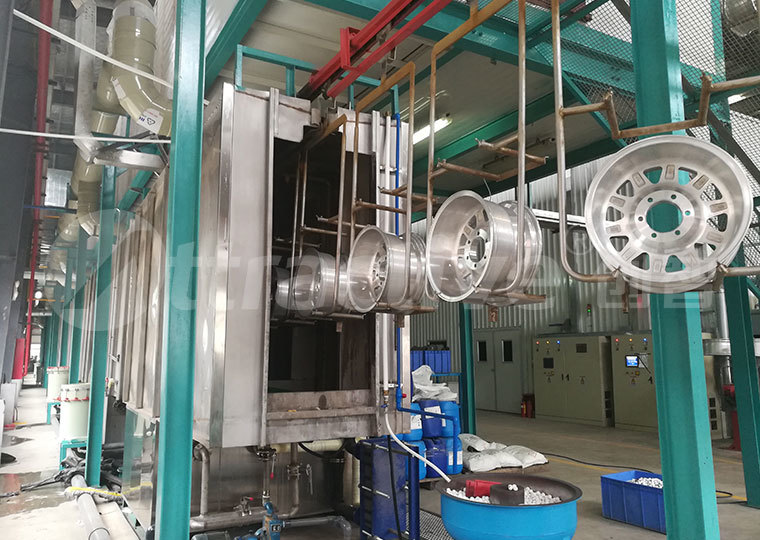
3. Intelligent Curing and Testing: Locking Coating Durability
- Segmented curing oven: Adopts a three-stage process of "infrared preheating (80-100℃) → hot air curing (180-200℃) → cooling and setting", adjusting the temperature curve according to the curing characteristics of different coatings. For example, in the clearcoat curing stage, the PID temperature control system controls the temperature difference within ±2℃ to ensure complete cross-linking of the resin. The coating hardness reaches 3H (pencil hardness test), and the gravel impact resistance meets SAE J400 standards;
- Comprehensive testing link: Samples are randomly selected from each batch of wheels for salt spray testing (1000h without rust), impact resistance testing (50kg·cm without cracks), and adhesion testing (cross-cut method 0 level). At the same time, a 3D profiler is used to detect coating thickness uniformity (deviation ≤±5μm) to prevent unqualified products from flowing out.
4. Customized Configuration: Adapting to Different Production Capacities and Process Requirements
- Small and medium batch production line: Equipped with 2 6-axis spraying robots and a single-track curing oven, covering an area of about 300㎡, with a daily output of 500-800 pieces, suitable for modified wheels or new energy vehicle supporting;
- Large-scale mass production line: Adopts a dual-track conveying system, 4-6 robots working together, integrating automatic loading and unloading and online detection functions, with a daily output of 3000-5000 pieces, meeting the mass supply needs of OEMs;
- Process upgrade options: Can be equipped with "low-temperature curing module" (adapting to magnesium alloy wheels) or "ceramic coating system" (improving high-temperature resistance to 300℃) to adapt to special materials and high-performance requirements.


